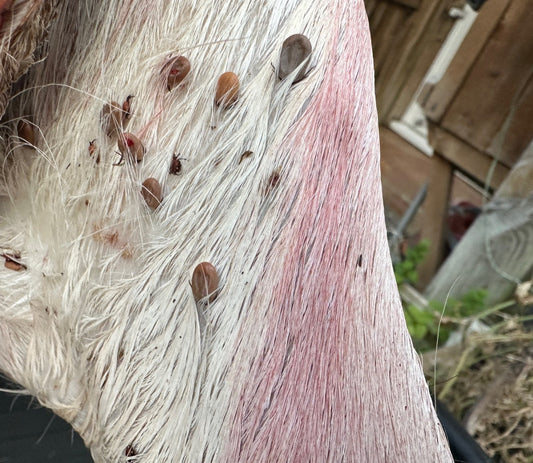A couple of weeks ago, I headed up to Norfolk to attend a forestry course, part of our continued professional development and an opportunity to stay aligned with wider land management practices beyond our core patch in the South East. While there, I took the opportunity to connect with Chris, a fellow Swarovski Optik-supported deer manager, who oversees deer operations at the renowned Euston Estate.
Why Share Time With Other Professionals?
Deer management can often be a solitary job, early starts, long days, and time spent alone deep in woodland (in Sussex at least). While there are plenty of benefits to working outdoors, the reality is that sharing time with other professionals can provide a much-needed reset. It reminds you that you’re not the only one facing infill from neighbouring estates, public access challenges, or the increasing demand to deliver higher cull figures while maintaining sporting standards.
At Euston, Chris and the wider team have developed a clear, well-balanced approach that integrates biodiversity goals with the practical realities of deer control. Their habitat-first strategy and active monitoring made for a very productive visit.
If you’re unfamiliar with the estate, it’s well worth a look: Visit the Euston Estate website
Conversations That Matter
Over the course of a few hours, we covered plenty of ground, literally and figuratively. From fencing strategy (always include rabbit netting) to species-specific browsing behaviour, the impact of changing weather patterns on birthing, and how expectations around commercial stalking are shifting.
The key takeaway? We're all managing similar problems, just on different scales. Whether it’s reconciling conservation and income or dealing with unmanaged buffer zones, it’s reassuring to know others are navigating the same landscape.
Spotting Muntjac at Worlington Hall

Outside of formal site visits, even the hotel stay proved insightful. I spent a few nights at Worlington Hall, a well-kept and welcoming spot that I’d highly recommend to anyone working around Thetford Forest or West Suffolk.
What stood out was the regular presence of muntjac browsing close to the building. Confident, bold, and active these deer underscored just how adaptive the species has become, particularly in edge habitats and semi-urban zones. For managers in Sussex who deal with them sporadically, it’s a reminder of how quickly muntjac can settle and what a challenge they can become if not monitored early.
Regional Variation – Learning From Others
In the South East, we typically manage roe, fallow, and muntjac. But estates further north or in East Anglia may be dealing with all six species. This alters everything: behaviour, impact patterns, culling priorities, and safety protocols. Until you walk the ground and talk to those doing the job day in, day out, it’s difficult to grasp the added complexity. That’s why spending time with professionals in other regions is invaluable.
At Wildscape, We Learn by Doing and Listening
Our own approach to deer management is grounded in experience, but it’s shaped by continuous dialogue with others. Whether that’s an estate owner dealing with high infill, a contractor trialling new methods, or a forester flagging early damage, the learning never stops.
So, if you’re out and about, reach out. Share ideas. Offer to visit. Invite someone to yours. You never know what insight will change the way you manage a woodland or reshape how you monitor a herd.
Because in this job, and in this environment, every day is a school day.
Safe And Cost-Effective Deer Management Solutions
CALL US TODAY
+44 1903 412444






